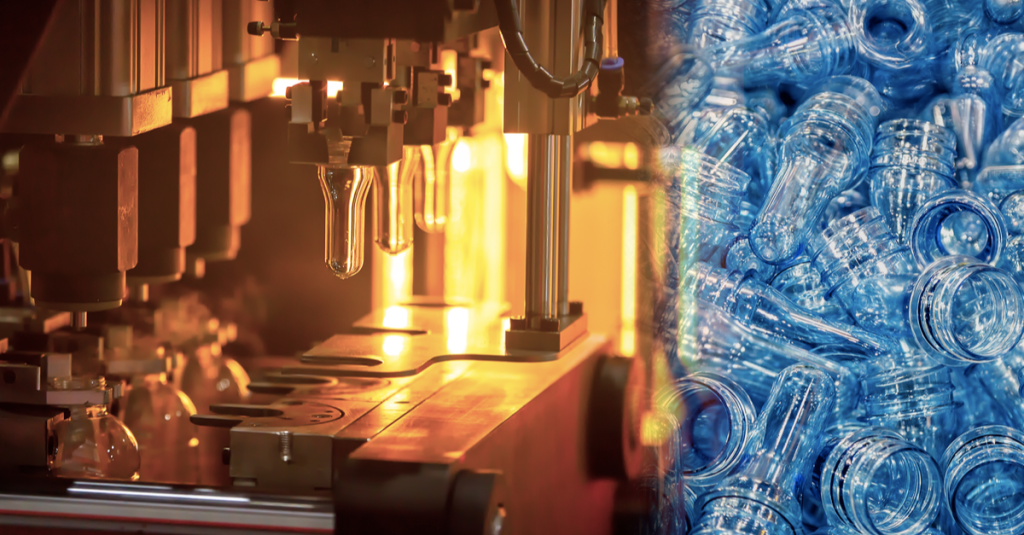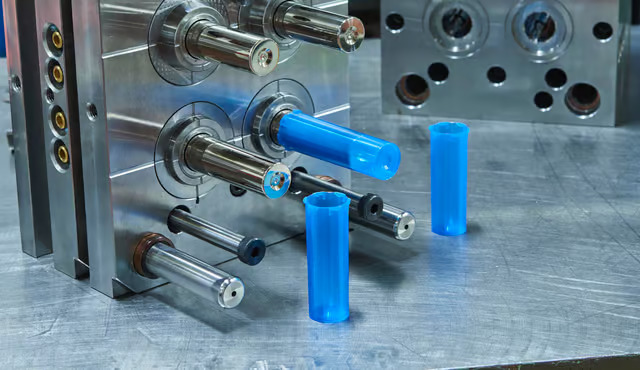
Injection molding is a cornerstone manufacturing process in the toy industry, enabling the mass production of high-quality, durable, and intricately designed toys. This versatile method uses thermoplastics and other materials to create toys that are safe, cost-effective, and visually appealing. The process combines precision engineering with creative design to meet the dynamic demands of the toy market.
Materials Used in Toy Injection Molding
Toys are typically made from thermoplastics such as ABS (Acrylonitrile Butadiene Styrene), polypropylene (PP), polyethylene (PE), or polycarbonate (PC). These materials are selected for their durability, flexibility, and safety compliance, ensuring the toys are robust and child-friendly. Many manufacturers also focus on eco-friendly alternatives like biodegradable plastics or recycled materials to meet sustainability goals.
Precision and Customization
Injection molding provides exceptional precision, enabling manufacturers to create toys with intricate details and consistent dimensions. From simple building blocks to complex action figures, this process allows for high levels of customization. Designers can incorporate textures, patterns, and vibrant colors directly into the mold, reducing the need for additional finishing steps.
Efficiency in Mass Production
One of the key advantages of injection molding is its efficiency in large-scale production. Once the mold is created, the process can produce thousands of identical toys with minimal variation. This efficiency reduces production costs, making injection molding an ideal choice for toy manufacturers aiming to meet high demand.
Tooling and Mold Design
The design of molds for toy manufacturing is critical to achieving high-quality results. Molds must accommodate the unique shapes and features of toys, such as moving parts or hollow sections. Advanced CAD software and mold flow analysis are used to optimize mold designs, ensuring proper material flow and avoiding defects like sink marks or weld lines.

